Question
How can I see symlinks of docker linux-containers from a windows host? (Even if I have to place an intermediate linux machine exposing the filesystem via NFS or Samba)
Context
In a DEVEL environment, I have this structure in a certain remote filesystem in a Linux within the office:
/files/repos/app-1
/files/repos/app-2
/files/repos/lib-x
/files/repos/lib-y
both app-1 and app-2 use those libraries which are vendored and symlinked like this:
/files/repos/app-1/vendor/my-company/lib-x => /files/repos/lib-x
/files/repos/app-1/vendor/my-company/lib-y => /files/repos/lib-y
/files/repos/app-2/vendor/my-company/lib-x => /files/repos/lib-x
/files/repos/app-2/vendor/my-company/lib-y => /files/repos/lib-y
The developers need to be in Windows.
So the developers have their IDE pointing to some mounted unit, for example Z:\ where they see all the repos and projects.
This allows us the following:
- Edit any of the projects from it's own folder, and run the unit-tests for that project, including running the
lib-xandlib-y. - Develope any of the libraries and have them updated in the depending applications (note I say I am in DEVEL, not PRE or PROD).
- From the IDE, pointing see the "complete structure" of any of the applications (for instance
app-1) also see the classes of thelib-xandlib-yso the autocompletion and so works perfectly.
This has been working like this for nearly a decade and works perfectly.
Problems
The developers need the connection to the server to develop and we wanted to mutate to local dockers so we can make the devels work from home.
Going to docker
We now decided that we are not going to use anymore the office-servers and we are going to setup all the development within docker containers.
What does actually work
We just installed docker desktop in Windows and shared C:\repos from the host into the dockers.
We now have some devel machines FROM ubuntu:xxx and run them mounting the volumes.
We made the symlinks within the app-1 and app-2 to lib-x and lib-y from inside the linux containers.
This does work perfectly and also the repositories work fine if we run the applications in the local dockers
Problem with symlinks in linux container and windows host
The problem is now the IDE: While it reads the files in C:\repos\app-1, the symlink that has been created within the linux containers can't be seen from the host.
This makes the IDE to be unable to follow C:\repos\app-1\vendor\lib-x and all the code-completion helpers are broken.
I already know Windows does not support symlink compatible with linux symlinks.
This forces us to look for an alternate solution.
Solution we've though with Samba
Initially I thought that as well as in the old topology a linux server just shared the filesystem via samba and the windows could just read the symlinks contents as they were demapped at the serverside and not the clientside, I thought that I could run another docker machine with a samba server just to locally share the "things seen from the linux" into the Windows host again.
To do so, I setup this docker-compose:
version: "3.7"
services:
samba:
container_name: samba
hostname: samba
image: dperson/samba
volumes:
- //c/Users/xavi/Documents/repos/test_samba:/mount
ports:
- "139:139"
- "445:445"
command: samba.sh -s "test_samba;/mnt/repos/test_samba;yes;no;yes;all"
restart: always
But this conflicts as 445 is locally already used.
If I turn down the local SMB, then in the next reboot, docker is unable to share C:\ into docker (I was not consciuos it does this sharing via SMB, could it be turned into a NFS or so?)
If I map to another port, like 10445:445 then the client is unable to access it, as client samba ports in windows seem to be not configurable.
Mapping an IP
So I tried to map an IP:
version: "3.7"
services:
samba:
container_name: samba
hostname: samba
image: dperson/samba
volumes:
- //c/Users/xavi/Documents/repos/test_samba:/mount
ports:
- "139:139"
- "192.168.4.83:445:445"
command: samba.sh -s "test_samba;/mnt/repos/test_samba;yes;no;yes;all"
restart: always
networks:
samba:
ipv4_address: 192.168.4.83
networks:
samba:
ipam:
driver: default
config:
- subnet: "192.168.4.0/16"
But is seems that this still creates problems:
- It seems the IP is only for internal docker networking but not seen from the host
- It seems the original service still listens not to 127.0.0.1:445 but to 0.0.0.0:445 so still "blocking" the attachment to listen to 192.168.4.83:445
So question
How could I make a windows host to see the "demapped contents of symlinks" to make the IDE see the vendored content that is linked from inside docker linux containers?

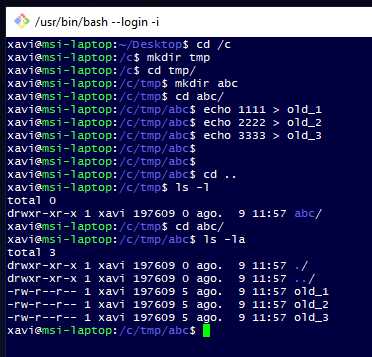
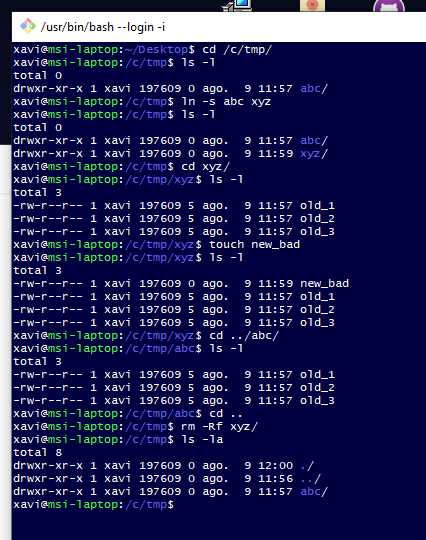
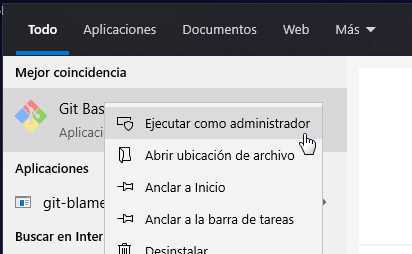
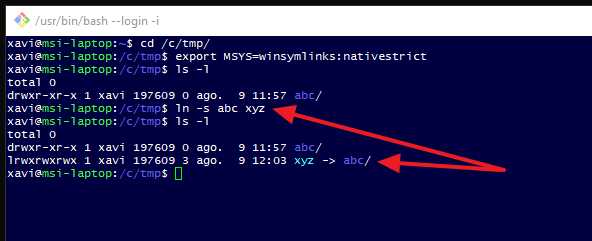
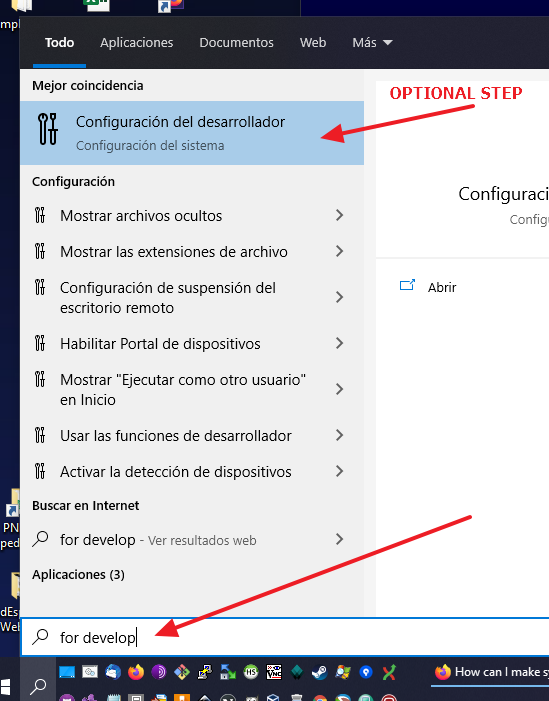
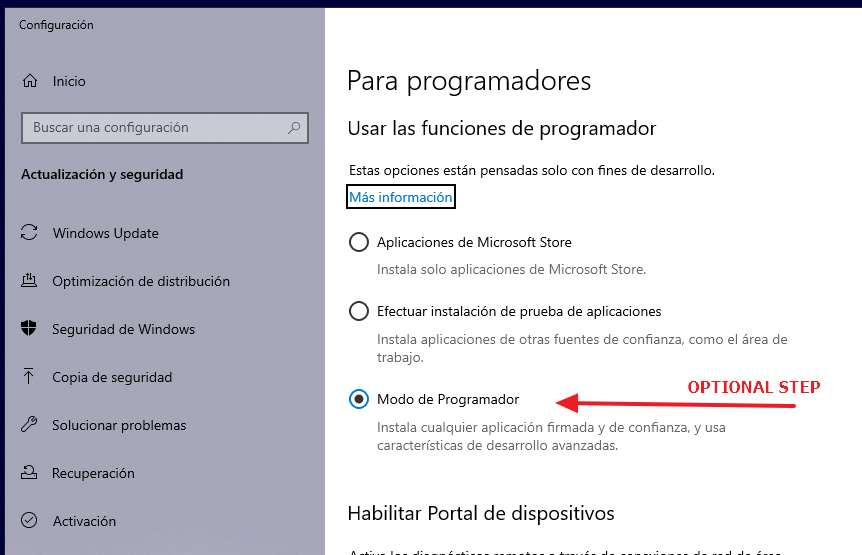
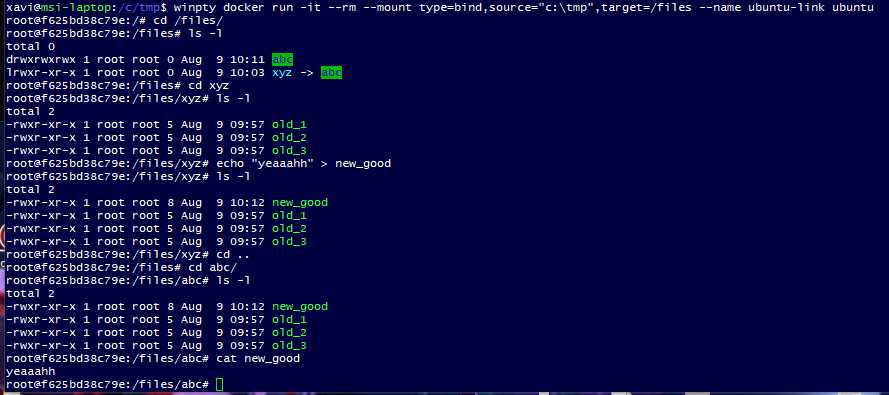
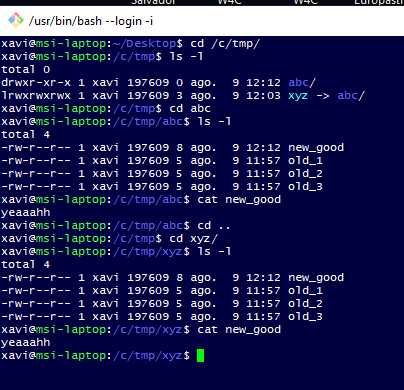
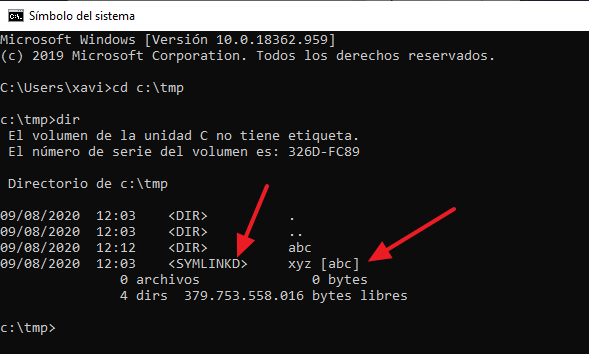



cd my-website/vendor/company+ln -s ../../../external-packages/company .from inside agit bashit seems to copycompanyinstead of linking it. I wonder how do you create the windows symlink. – Balliett